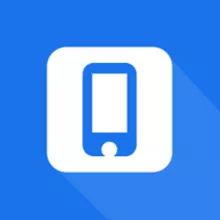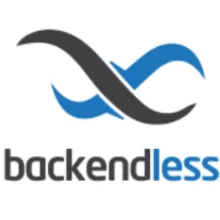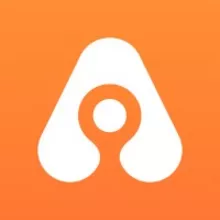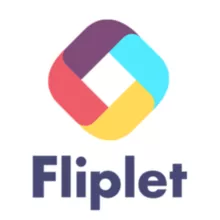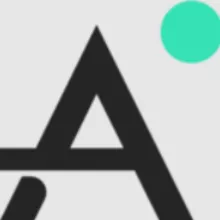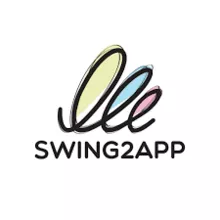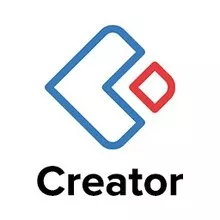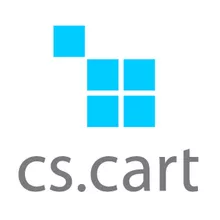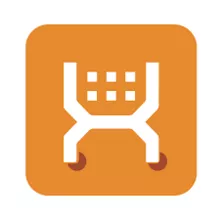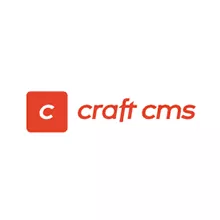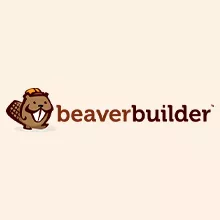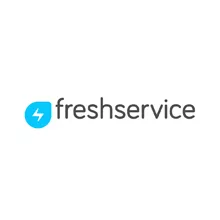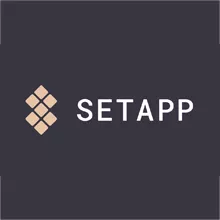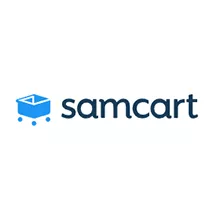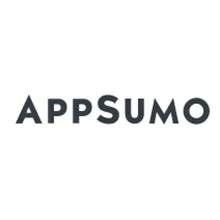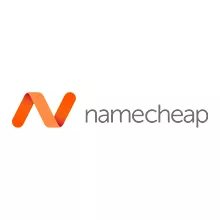Internal app builder with low code
Professional UI/UX designers and software developers frequently employ wireframing, mockups, prototyping, and other design processes.
Mockup and prototype are sometimes used synonymously, most frequently by those who are either inexperienced in UI/UX design or have no knowledge of the design process. In actuality, the two phrases are distinct from one another. They discuss the various phases of UI/UX design.
Mockups are often static, medium- to high-fidelity design representations. A mockup is a draft or a visual representation of a design most of the time. The visual component of the project should be thoroughly reviewed by developers and stakeholders thanks to a well-made mockup. Because of some of the names of various software businesses and products, mockups and wireframing are sometimes mixed or mistaken for one another. Contrarily, prototyping is a procedure that entails building a medium- to a high-fidelity replica of the final item. It typically appears in a project's later phases of the development process. Reviewers and potential users should be able to experience the information and interactions through the interface thanks to prototyping, which successfully replicates user interface interaction in creating apps or software.
Mockup and prototyping software types:
A critical step in any software or application development process is the creation of mockups and prototypes. Mockups and prototypes are tools that software designers and developers use to communicate their ideas and innovation to stakeholders and decision-makers. During the development process, a mockup is a stage where the corporate identity may be included using font, color, and visual style. A depiction that closely resembles the finished product in terms of appearance and texture can be produced at this stage of the process.
In contrast to mockups, the prototype process is a lot more functional and user-interactive with the final product. Typically, prototypes involve interaction. Prototypes that have been carefully constructed make it simple to simulate the user experience and enable in-depth user testing and analysis. Mockups, prototype tools, and software programmes are widely accessible on the market. Products are developed to meet certain requirements and have distinctive characteristics and skills that set them apart from the competition.
Benefits of using mockups and software for prototyping:
The development of every project requires the use of prototypes and mockups. They are crucial in exchanging information between the development and design teams. There is no replacement for a user-friendly, team-friendly prototype solution in an environment that largely relies on simplified team communication and effective workflows. If designers and developers can produce mockups and prototypes, they will be able to show their thoughts to stakeholders and give them a clearer idea of what the final product will look like. In addition, the design and development teams will have a clearer idea of the look and feel of the product through interactions between the potential user and the application.



